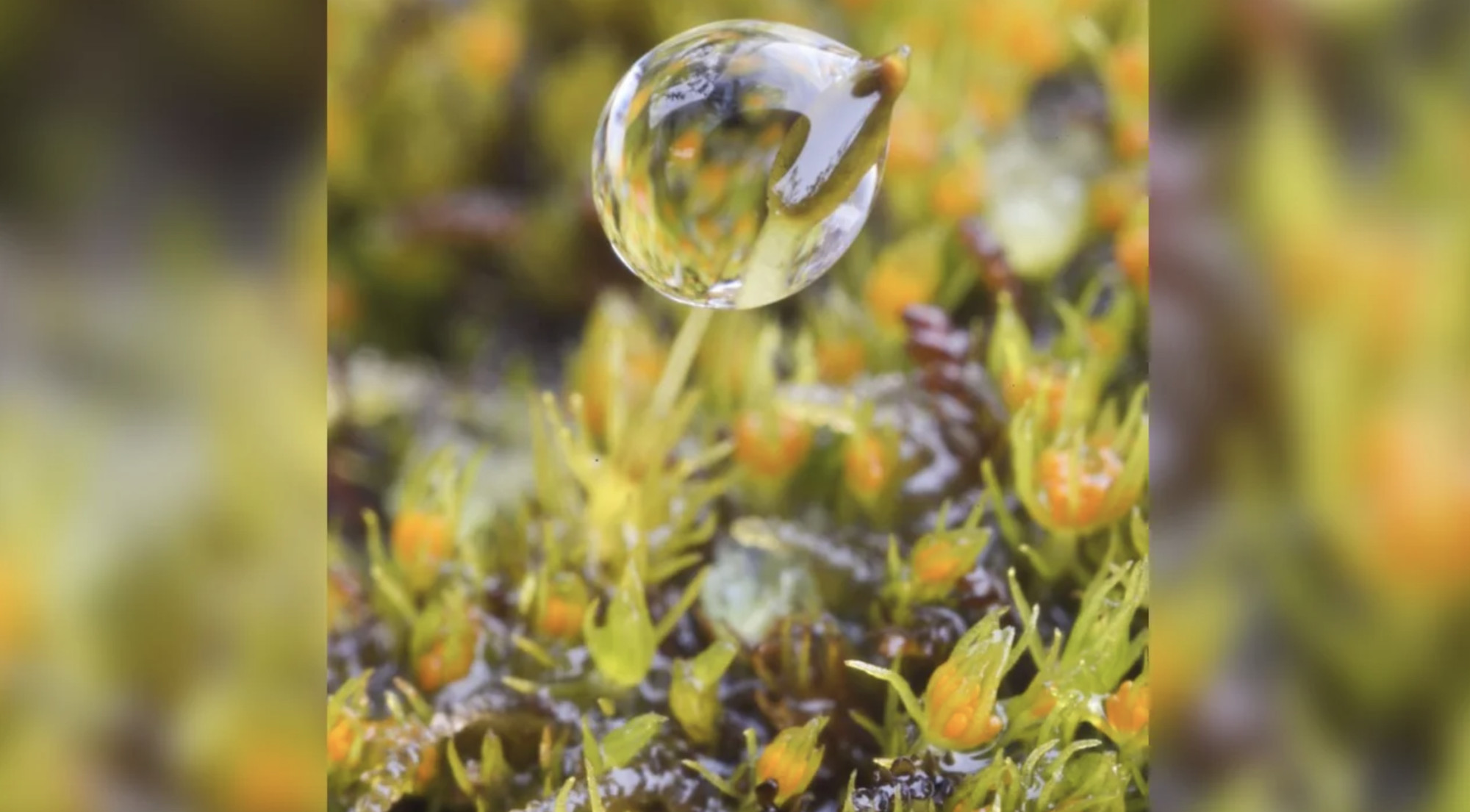
Takakia moss
CAPITOL NORMAL UNIVERSITY
A team of experts spent more than a decade studying the 390 million-year-old moss species Takakia, which thrives on the icy and isolated cliffs of the Tibetan plateau.
Dubbed the roof of the world , the remote and isolated area is now the world's highest and largest plateau.
Researchers made 18 trips to the Tibetan Plateau between 2010 and 2021 to study how Takakia moss has adapted after hundreds of millions of years at 4,000 meters above the ground. The results of the survey and analysis were published in the journal Cell on August 9.
Report co-author Ralf Reski of the University of Freiburg (Germany) likened Takakia moss to a "living fossil".
The world's first plants played an important role in life on earth.
By the time plants began to appear in the world's oceans about 500 million years ago, freshwater algae had colonized and covered the earth's surface and were forced to adapt if they were to survive in the harsher terrestrial environment.
Tiny plants made a huge difference to the Earth's atmosphere by converting light energy into chemical energy through photosynthesis. As plants ate away at the rocks they clung to, the process released minerals, while photosynthesis led to organic compounds and oxygen.
Under the improvement of plants, the lands become more friendly to animal life.
When the Indian and Eurasian tectonic plates collided about 65 million years ago, the Himalayas were born. Takakia moss, which was about 100 million years old at the time, was forced to quickly adapt to the much harsher environment, where four seasons can easily occur in a single day.
Lead author of the study Ruoyang Hu of Capitol Normal University in Beijing (China) said his team collected samples of Takakia moss to decode the genetic sequence of the formidable moss and from there calculate the risk that the ancient moss faces due to the effects of climate change.
The results showed that Takakia mosses are extremely genetically active and have extremely rapid rates of evolution. They also possess the highest concentration of rapidly evolving genes in their genomes.
However, sadly, the "champion of evolution" is also facing the risk of extinction due to climate change, scientists warn.
The authors of the report predict that Takakia moss is likely to survive for only about 100 more years and faces extinction after hundreds of millions of years of resilient evolution.
Source link





![[Photo] Students of Binh Minh Primary School enjoy the full moon festival, receiving the joys of childhood](https://vphoto.vietnam.vn/thumb/1200x675/vietnam/resource/IMAGE/2025/10/3/8cf8abef22fe4471be400a818912cb85)
![[Photo] Prime Minister Pham Minh Chinh chairs meeting to deploy overcoming consequences of storm No. 10](https://vphoto.vietnam.vn/thumb/1200x675/vietnam/resource/IMAGE/2025/10/3/544f420dcc844463898fcbef46247d16)








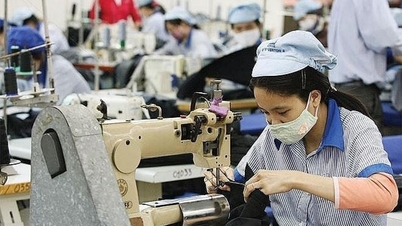

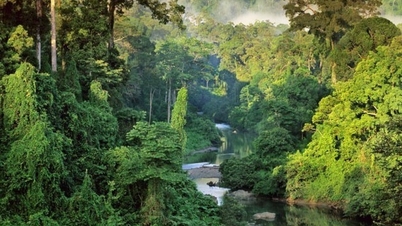










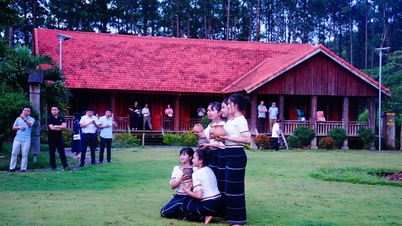





















































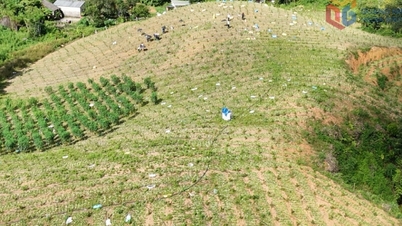



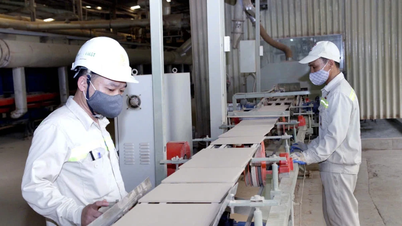

















Comment (0)